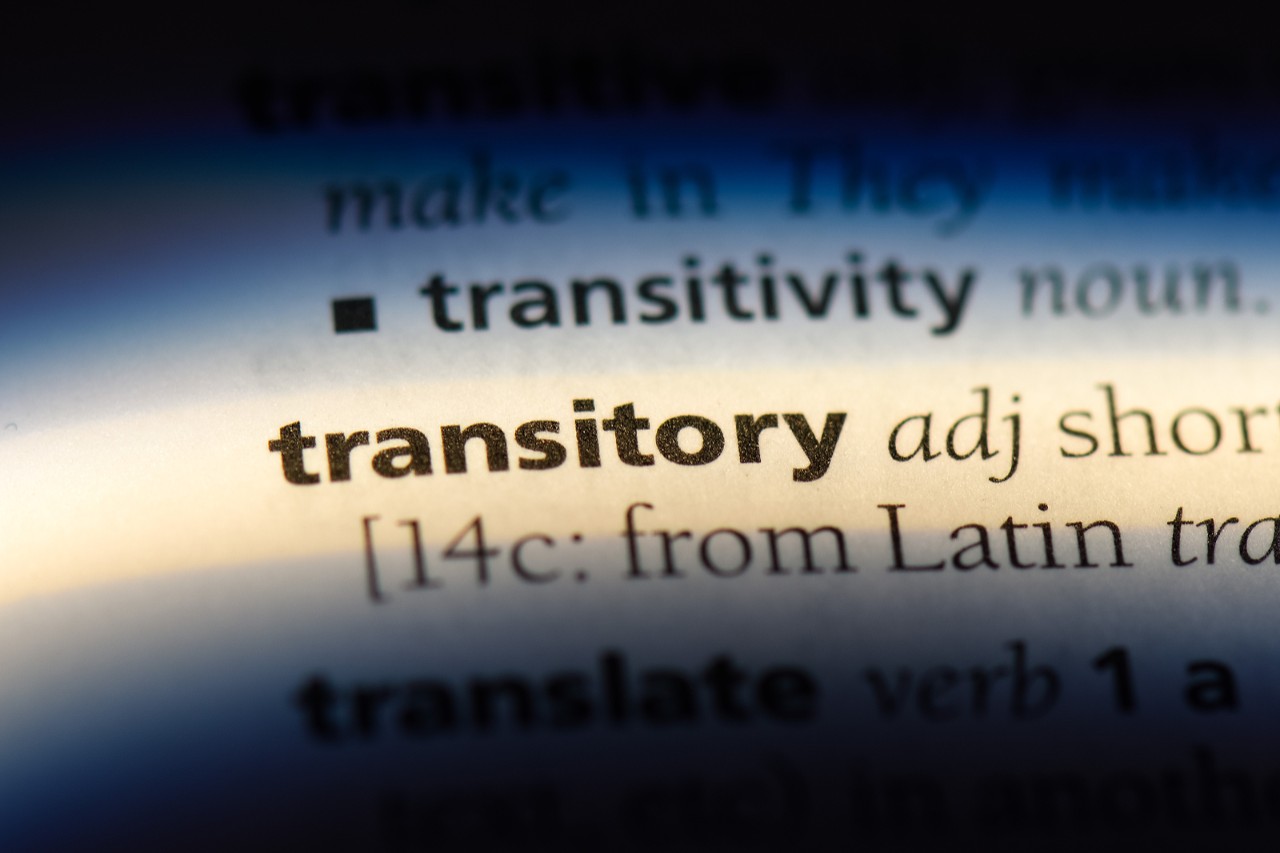Are Current Inflationary Pressures Transitory?
June 25, 2021

Eric Espeseth, Principal Credit Analyst
Measures of inflation have risen sharply over the past two months, highlighted by the May CPI release, which showed consumer price increases of 0.6% sequentially and 5.0% on a year-over-year basis. May core CPI (ex. food and energy) increased 0.7% sequentially and 3.8% on a year-over-year basis.
The rapid rise in inflation has led to an important question facing investors: are these inflationary pressures transitory or the start of sustained higher prices? To help answer this question, we look at some of the underlying factors driving the increase in inflation, including reopening effects, supply chain constraints and elevated commodity prices, and labor shortages. Unfortunately, there is no easy answer and it likely comes down to how you define “transitory.”
Accounting for a large part of the immediate inflationary pressure are base-effects and the economic reopening. Prices for many goods and services fell sharply last year as initial pandemic impacts accelerated from March through May. The inflationary boost from these effects may last for another few months but is temporary by nature. In a similar vein, the economic reopening is driving inflationary pressures in certain areas of the economy that have not yet rebuilt capacity or continue to operate at lower capacity, most notably within hard-hit sectors such as restaurants, hotels and airlines which have experienced a resurgence of demand. These price pressures are to be expected given extreme pent-up demand and elevated consumer savings but should be viewed as largely transitory and unlikely to persist over the longer-term.
Another significant portion of the recent rise in inflation has been pockets of consumer price pressures caused by supply shortages and disruptions. The dramatic closure of economies that accompanied the onset of the pandemic, along with an equally remarkable recovery throughout some portions of the economy has led to substantial supply-side constraints in 2021. Semiconductor chip shortages, container-shipping delays, port congestion and rail and trucking shortages have reduced the flow and availability of goods and put upward pressure on prices. Increased consumer demand for and a lack of inventory in autos, housing and other durable goods has led to widespread commodity price strength, including oil, lumber and copper. Likewise, the current labor market imbalances have held back the ability of the service economy to meet demand, putting short-term pressure on labor costs.
Supply-related price pressures have started to leak into higher consumer prices and are likely to last into next year until these issues get resolved. Some uncertainty remains on how much these prices will persist over the near term given elevated consumer savings and the stickiness of price increases; however, we believe these pressures are event-driven and expect them to moderate as global supply constraints ease and markets gradually clear. We would categorize these increases as transitory despite lingering effects over the coming months.
Less certain is the potential for lasting effects of higher wages due to a more persistent shortage of qualified workers. Through the pandemic, the labor force shrunk by more than 3.6 million people and it is not yet clear how that dynamic will play out. Employers in many industries, especially hospitality and retail, have been forced to raise wages to compete for workers and against enhanced unemployment benefits, which we think will pull some people back into the labor force and ease the supply-side constraint. Wage gains tend to be sticky, but we view these increases as likely leading to a one-time rebasing higher in wages and not a persistent upward trend in overall labor costs.
While the transitory nature of current inflationary pressures will continue to be debated, the question that must be asked is are these price increases expected to reoccur going forward. Factors currently driving inflation higher are largely one-time price increases and not structural in nature. While inflation is expected to remain elevated for much of this year, we do not expect it to alter the Federal Reserve’s current path of accommodation, ultimately the real definition of transitory or not. Additionally, some aspects of current inflationary pressures are likely to remain. However, we believe the risk to inflation over the long-term remains to the downside due to structural disinflationary trends associated with technology, demographics and excess debt levels.
Sources:
Consumer Price Index Summary, U.S. Bureau of Labor Statistics, June 10, 2021
Employment Status of the Civilian Population by Sex and Age, U.S. Bureau of Labor Statistics, June 4, 2021